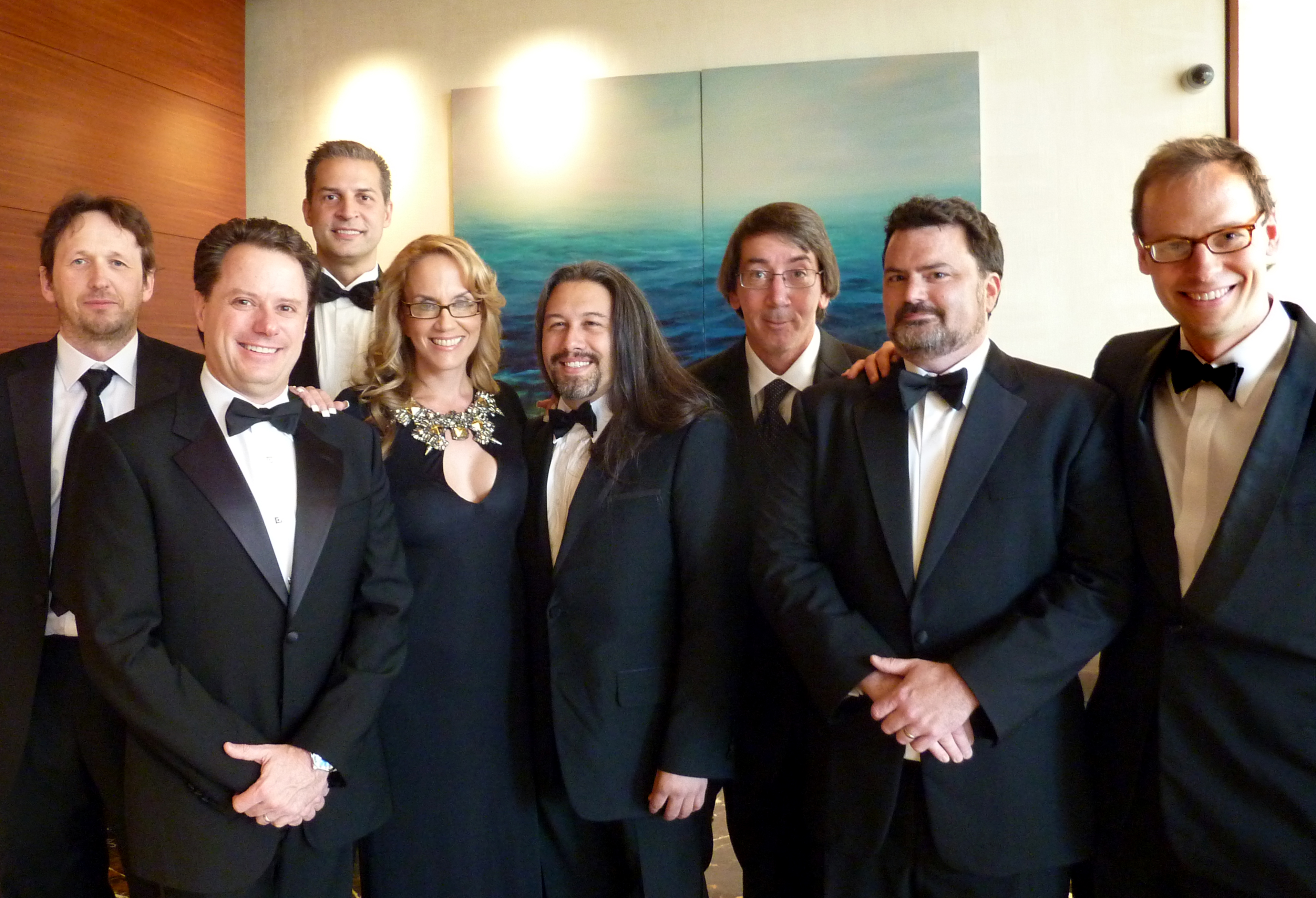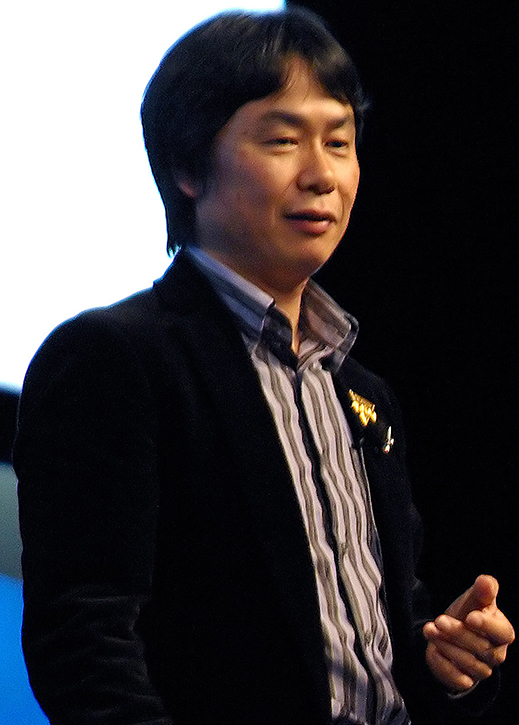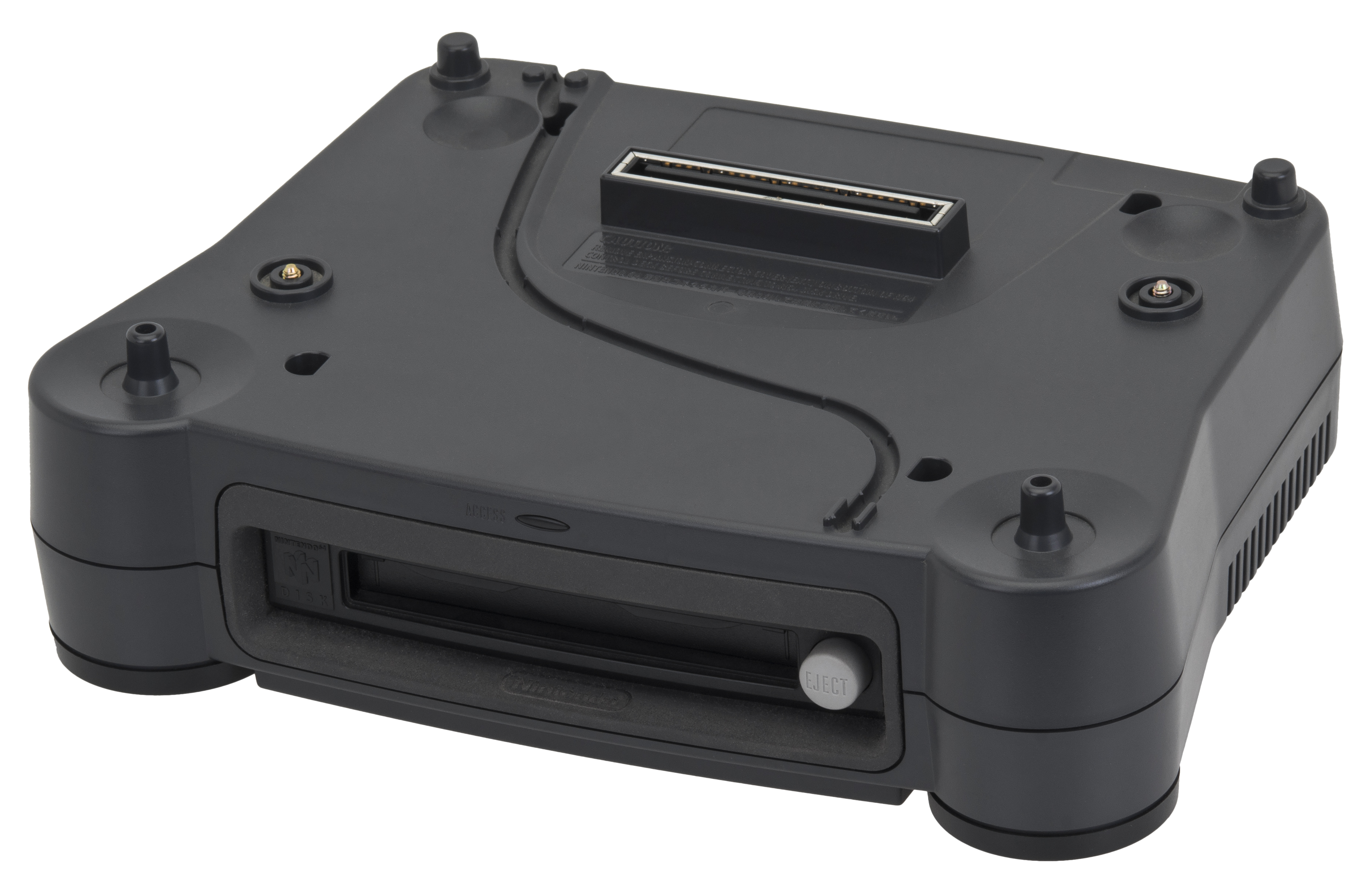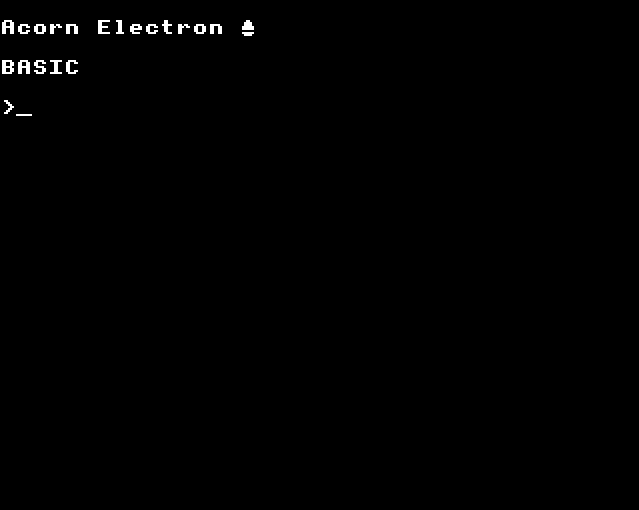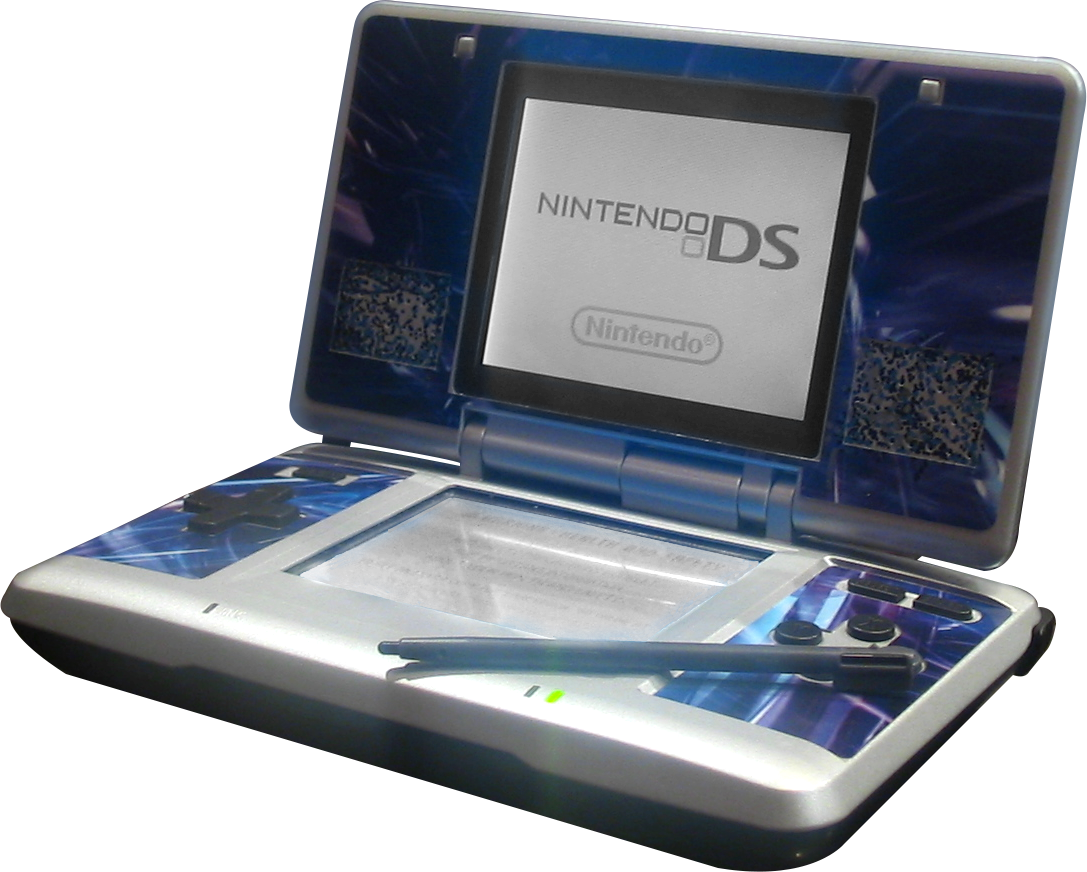|
SimCity
''SimCity'' is an open-ended city-building video game series originally designed by Will Wright. The first game in the series, ''SimCity'', was published by Maxis in 1989 and were followed by several sequels and many other spin-off "''Sim''" titles, including 2000's ''The Sims'', which itself became a best-selling computer game and franchise. Maxis developed the series independently until 1997, and continued under the ownership of Electronic Arts until 2003. EA commissioned various spinoffs from other companies during the 2000s, focusing on console and mobile releases. A 2013 EA-Maxis reboot was subject to what has been described as "one of the most disastrous launches in history", which may have triggered the 2015 shutdown of Maxis Emeryville and the end of the franchise. Gameplay ''SimCity'' titles are real-time management and construction simulators. Across most titles, the player (acting as mayor) is given a blank map to begin and must expand the city with the budg ... [...More Info...] [...Related Items...] OR: [Wikipedia] [Google] [Baidu] |
Maxis
Maxis is an American video game developer and a Division (business), division of Electronic Arts (EA). The studio was founded in 1987 by Will Wright (game designer), Will Wright and Jeff Braun, and acquired by Electronic Arts, EA in 1997. Maxis is best known for its simulation games, including ''The Sims'', ''Spore (2008 video game), Spore'' and ''SimCity''. In the late 2010s, Maxis suffered from a series of studio closures and layoffs. This included the shutdown of Maxis Emeryville in 2015, EA Salt Lake in 2017, and a wave of layoffs at Redwood Shores in 2018. With the remainder of Maxis reorganised under EA Mobile, and EA opening new studios under the label from 2019, some commentators have suggested that only the brand name from the original studio survives. History Independent studio (1987-1997) Maxis was founded in 1987 by Will Wright (game designer), Will Wright and Jeff Braun to help publish ''SimCity (1989 video game), SimCity'' on home computers. Before then, t ... [...More Info...] [...Related Items...] OR: [Wikipedia] [Google] [Baidu] |
Will Wright (game Designer)
William Ralph Wright (born January 20, 1960) is an American video game designer and co-founder of the former game development company Maxis, and then part of Electronic Arts (EA). In April 2009, he left EA to run Stupid Fun Club Camp, an entertainment think tank in which Wright and EA are principal shareholders. The first computer game Wright designed was '' Raid on Bungeling Bay'' in 1984, but it was ''SimCity'' that brought him to prominence. The game was released by Maxis, a company Wright formed with Jeff Braun, and he built upon the game's theme of computer simulation with numerous other titles including ''SimEarth'' and ''SimAnt''. Wright's greatest success to date comes from being the original designer for ''The Sims''. The game spawned multiple sequels, including ''The Sims 2'', '' The Sims 3'', and ''The Sims 4'' and expansion packs, and Wright has earned many awards for his work. His latest work, ''Spore'', was released in September 2008 and features gameplay based up ... [...More Info...] [...Related Items...] OR: [Wikipedia] [Google] [Baidu] |
Tilted Mill Entertainment
Tilted Mill Entertainment is a video game developer located in Winchester, Massachusetts. It was founded in 2001 by former Impressions Games lead designer and general manager Chris Beatrice, business manager Peter Haffenreffer, and designer Jeff Fiske. The studio is known for its city-building games. The company has employed 20 staff in design, programming, creative, and administrative roles. Tilted Mill is a reference to Don Quixote ("Tilting at windmills"). Tilted Mill developed the fifth game of the '' SimCity series'', titled ''SimCity Societies'' (all previous titles had been developed by Maxis). The game, however, was criticized for its lack of the traditional ''SimCity'' gaming formula. On July 11, 2008, Tilted Mill announced the creation of their first independent game titled ''Hinterland''. According to Tilted Mill's website, "In Hinterland, you build up and lead a small village, populated by simple townsfolk struggling to survive and prosper in the wild back country of ... [...More Info...] [...Related Items...] OR: [Wikipedia] [Google] [Baidu] |
Nintendo EAD
commonly abbreviated as Nintendo EAD and formerly known as Nintendo Research & Development No.4 Department (abbreviated as Nintendo R&D4), was the largest software development division within the Japanese video game company Nintendo. It was preceded by the ''Creative Department'', a team of designers with backgrounds in art responsible for many different tasks, to which Shigeru Miyamoto and Takashi Tezuka originally belonged. Both served as managers of the EARD studios and were credited in every game developed by the division, with varying degrees of involvement. Nintendo EAD was best known for its work on games in the ''Donkey Kong'', ''Mario (franchise), Mario'', ''The Legend of Zelda'', ''F-Zero'', ''Star Fox'', ''Animal Crossing'', ''Pikmin'' and ''Wii (video game series), Wii'' series. Following a large company restructuring after the death of company president Satoru Iwata, the division merged with Nintendo's Software Planning & Development division in September 2015, bec ... [...More Info...] [...Related Items...] OR: [Wikipedia] [Google] [Baidu] |
Nintendo 64DD
The is a magnetic floppy disk drive peripheral for the Nintendo 64 game console developed by Nintendo. It was announced in 1995, prior to the Nintendo 64's 1996 launch, and after numerous delays was released in Japan on December 13, 1999. The "64" references both the Nintendo 64 console and the 64MB storage capacity of the disks, and "DD" is short for "disk drive" or "dynamic drive". Plugging into the extension port on the underside of the console, the 64DD allows the Nintendo 64 to use proprietary 64MB magnetic disks for expanded and rewritable data storage, a real-time clock for persistent world, persistent game world design, and a standard font and audio library for further storage efficiency. Its games and hardware accessories let the user create movies, characters, and animations to use within various other games and shared online. The system could connect to the Internet through a dedicated online service, Randnet, for e-commerce, Online console gaming, online gaming, and m ... [...More Info...] [...Related Items...] OR: [Wikipedia] [Google] [Baidu] |
HAL Laboratory
formerly shortened as HALKEN (derived from its native name), is a Japanese video game developer founded on 21 February 1980. While independent, it has been closely tied with Nintendo throughout its history, and is often referred to as a second-party developer for the company. HAL Laboratory is headquartered in Chiyoda, Tokyo, and it also has a building at Kai, Yamanashi. The company got its name because "each letter put them one step ahead of IBM". The company is most famous for their work on the ''Kirby'' and ''Mother'' series, as well as the first two '' Super Smash Bros.'' games. The logo, dubbed depicts a dog incubating eggs, which has been in use since 1998. History HAL Laboratory started off making games for the MSX system and VIC-20. After financial strain brought on from the development of '' Metal Slader Glory'' (1991) for the Famicom, Nintendo offered to rescue HAL from bankruptcy on the condition that HAL employee Satoru Iwata was appointed as its president, ... [...More Info...] [...Related Items...] OR: [Wikipedia] [Google] [Baidu] |
Nintendo
is a Japanese Multinational corporation, multinational video game company headquartered in Kyoto, Japan. It develops video games and video game consoles. Nintendo was founded in 1889 as by craftsman Fusajiro Yamauchi and originally produced handmade playing cards. After venturing into various lines of business during the 1960s and acquiring a legal status as a public company, Nintendo distributed its first console, the Color TV-Game, in 1977. It gained international recognition with the release of ''Donkey Kong (video game), Donkey Kong'' in 1981 and the Nintendo Entertainment System and ''Super Mario Bros.'' in 1985. Since then, Nintendo has produced some of the most successful consoles in the video game industry, such as the Game Boy, the Super Nintendo Entertainment System, the Nintendo DS, the Wii, and the Nintendo Switch, Switch. It has created numerous major franchises, including ''Mario (franchise), Mario'', ''Donkey Kong'', ''The Legend of Zelda'', ''Pokémon'', '' ... [...More Info...] [...Related Items...] OR: [Wikipedia] [Google] [Baidu] |
Acorn Electron
The Acorn Electron (nicknamed the Elk inside Acorn and beyond) was a lower-cost alternative to the BBC Micro educational/ home computer, also developed by Acorn Computers Ltd, to provide many of the features of that more expensive machine at a price more competitive with that of the ZX Spectrum. It had 32 kilobytes of RAM, and its ROM included BBC BASIC II together with the operating system. Announced in 1982 for a possible release the same year, it was eventually introduced on 25 August 1983 priced at £199. The Electron was able to save and load programs onto audio cassette via a supplied cable that connected it to any standard tape recorder that had the correct sockets. It was capable of bitmapped graphics, and could use either a television set, a colour (RGB) monitor or a monochrome monitor as its display. Several expansions were made available to provide many of the capabilities omitted from the BBC Micro. Acorn introduced a general-purpose expansion unit, the Plus 1, off ... [...More Info...] [...Related Items...] OR: [Wikipedia] [Google] [Baidu] |
Babaroga (game Company)
Babaroga, LLC. (usually styled babaroga) is a Chicago, Illinois-based video game developer specializing in iOS, Windows, Android, and Feature Phone games. The company has created many licensed games for publishers such as Electronic Arts, and Disney Interactive, as well as original titles with publishers such as Microsoft and Glu. Babaroga, LLC., provides engineering and design services to the video game industry. The company's focus is to create content on mobile, hand-held and console platforms. History In 2002 Babaroga was founded by owner and CEO, Andreja Djokovic in Chicago, IL. In the early days of the company, Babaroga focused primarily on creating games for feature phones, establishing a foothold in a new and emerging sector of portable gaming. Babaroga forged relationships with various publishers such as Jamdat, Gameloft, Electronic Arts, Disney Interactive to release over 50 feature phone games. In 2007, when smartphones were introduced, Babaroga adapted its existin ... [...More Info...] [...Related Items...] OR: [Wikipedia] [Google] [Baidu] |
Nintendo DS
The is a handheld game console produced by Nintendo, released globally across 2004 and 2005. The DS, an initialism for "Developers' System" or "Dual Screen", introduced distinctive new features to handheld games: two LCD screens working in tandem (the bottom one being a touchscreen), a built-in microphone and support for wireless network, wireless connectivity. Both screens are encompassed within a clamshell design similar to the Game Boy Advance SP. The Nintendo DS also features the ability for multiple DS consoles to directly interact with each other over Wi-Fi within a short range without the need to connect to an existing wireless network. Alternatively, they could interact online using the now-defunct Nintendo Wi-Fi Connection service. Its main competitor was Sony Interactive Entertainment, Sony's PlayStation Portable during the seventh generation of video game consoles. Prior to its release, the Nintendo DS was marketed as an experimental "third pillar" in Nintendo's cons ... [...More Info...] [...Related Items...] OR: [Wikipedia] [Google] [Baidu] |
Amiga
Amiga is a family of personal computers introduced by Commodore in 1985. The original model is one of a number of mid-1980s computers with 16- or 32-bit processors, 256 KB or more of RAM, mouse-based GUIs, and significantly improved graphics and audio compared to previous 8-bit systems. This includes the Atari ST—released earlier the same year—as well as the Macintosh and Acorn Archimedes. Based on the Motorola 68000 microprocessor, the Amiga differs from its contemporaries through the inclusion of custom hardware to accelerate graphics and sound, including sprite (computer graphics), sprites and a blitter, and a pre-emptive multitasking operating system called AmigaOS. The Amiga 1000 was released in July 1985, but production problems kept it from becoming widely available until early 1986. The best-selling model, the Amiga 500, was introduced in 1987 along with the more expandable Amiga 2000. The Amiga 3000 was introduced in 1990, followed by the Amiga 500 Plus, and Am ... [...More Info...] [...Related Items...] OR: [Wikipedia] [Google] [Baidu] |
Amiga CDTV
The CDTV (from Commodore Dynamic Total Vision, later treated as a backronym for Compact Disc Television) is a home multimedia entertainment and video game console – convertible into a full-fledged personal computer by the addition of optional peripherals – developed by Commodore International and launched in April 1991. Description The CDTV is essentially a Commodore Amiga 500 home computer with a CD-ROM drive and remote control. With the optional keyboard, mouse, and floppy disk drive, it gained the functionality of the regular Amiga. Commodore marketed the machine as an all-in-one multimedia appliance. As such, it targeted the same market as the Philips CD-i. The expected market for multimedia appliances did not materialize, and neither machine met with any real commercial success. Though the CDTV was based entirely on Amiga hardware, it was marketed strictly as a CDTV, with the Amiga name omitted from product branding. Commodore announced the CDTV at the summer 1990 Cons ... [...More Info...] [...Related Items...] OR: [Wikipedia] [Google] [Baidu] |
